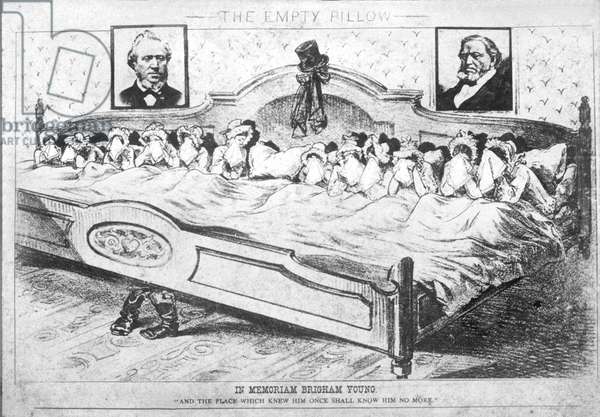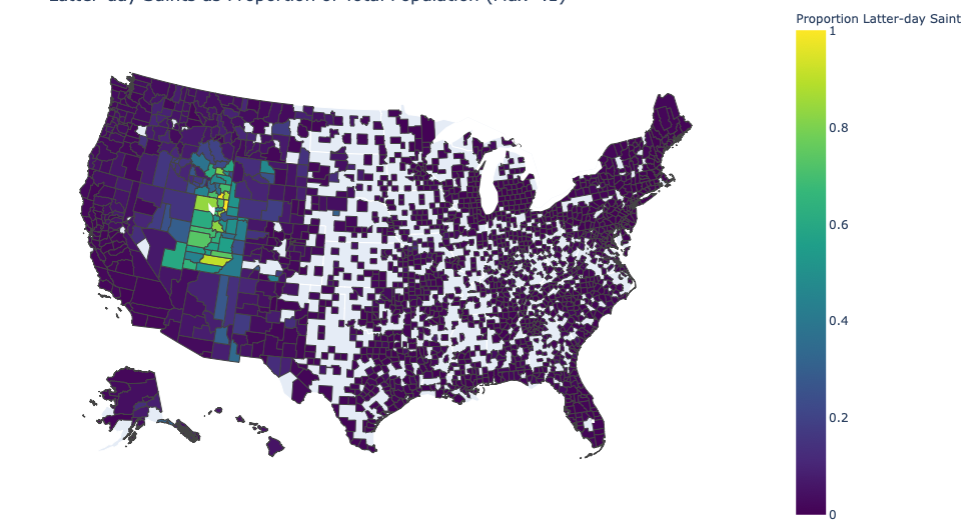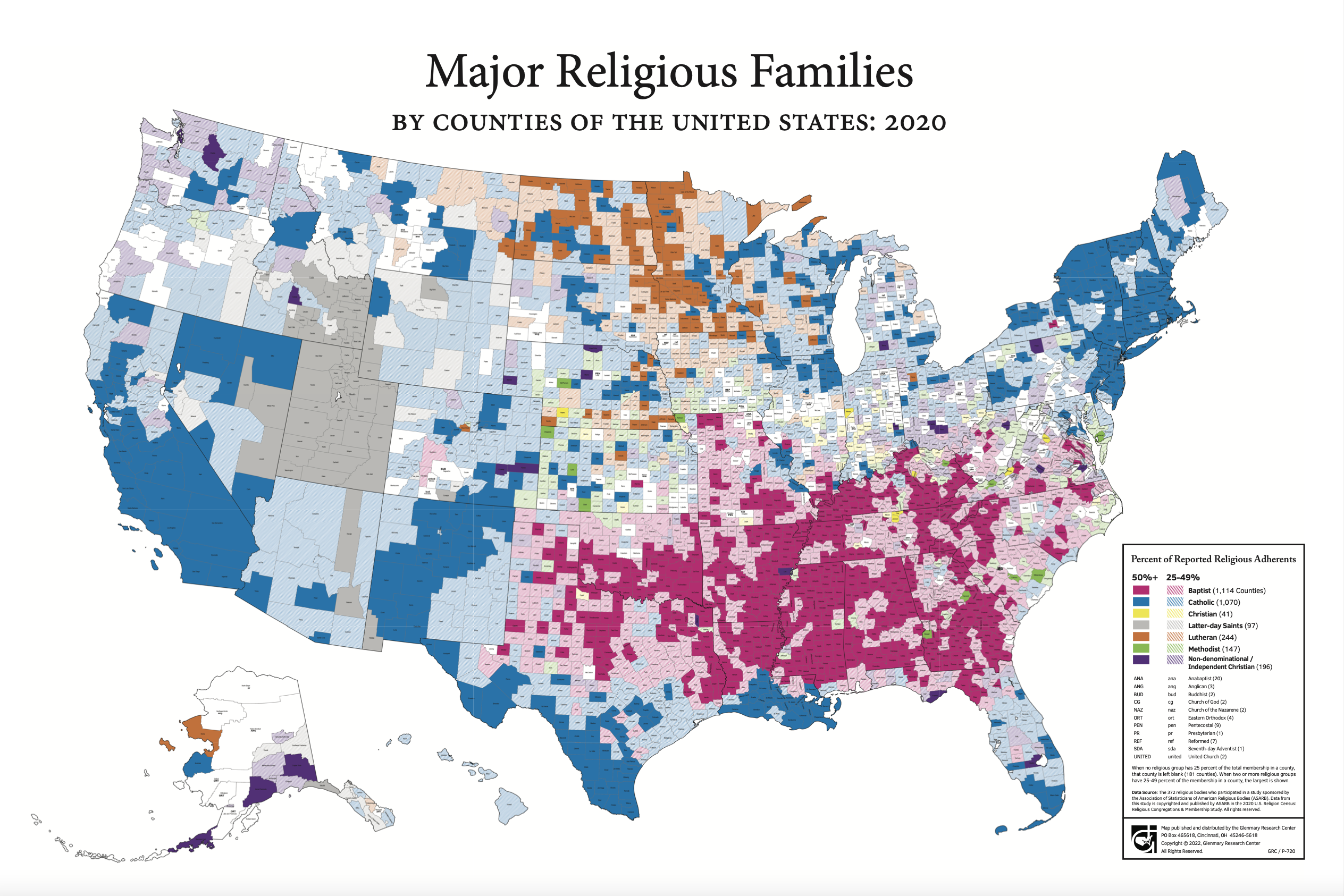-
•
•
5 responses
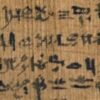
Scholars from seemingly every corner of Mormon Studies agree: While working on the Egyptian papyri, Joseph Smith and his associates were either unaware of Champollion’s recent work to decipher Egyptian hieroglyphics, or simply unaffected by the recent advances in Egyptology. Not only is this position untenable, it’s demonstrably incorrect. Read More
-
•
•
15 responses
Plural marriage in Nauvoo continues to be one of the thorniest issues when discussing the life and legacy of Joseph Smith. One of the major works that helped shed greater light on the roots of plural marriage and the women who practice it with the Prophet is Todd Compton’s book, In Sacred Loneliness, published in 1997. Not too long ago, a sequel or companion volume called In Sacred Loneliness: the Documents was published by Signature Books. Todd Compton recently discussed this latest volume in an interview at the Latter-day Saint blog From the Desk. In describing the original book, In… Read More
-
•
•
One response
“Most readers of Matthew’s Gospel take one look at that first page full of ‘begats’ and impossible-to-pronounce names and quickly turn the page.” So begins Julie Smith’s thoughtful essay “Why These Women in Jesus’s Genealogy?”, which is available free of charge in the Segullah journal (2008) and is reprinted in her book Search, Ponder, and Pray: A Guide to the Gospels. “But,” Smith continues, “Matthew was a deliberate writer.” She goes on to highlight that among more than 25 men in Jesus’s line, Matthew includes just four women (plus Mary), and they aren’t the matriarchs, as one might have expected… Read More
-
•
•
20 responses
There was a deacon in my childhood ward that badly wanted to be a soldier when he grew up; he went all out with the camouflage, shooting, and playing “steal the flag” in the woods with glowsticks (a piece of rural Mormon culture that I hope does not die with the decline of Latter-day Saint BSA troops). However, he changed his mind abruptly after watching the Omaha beach landing scene in Saving Private Ryan, which I suspect modified his idea of what battle looked like from some PG-13 situation–everyone is killed with one shot, the enemies lack basic marksmanship, and… Read More
-
•
•
Emmeline B. Wells is a crucial figure in the history of the Church of Jesus Christ of Latter-day Saints. She was a leader in the Church as a Relief Society president, an advocate for women’s suffrage, a noted periodical editor, an early settler in Utah, etc. In a recent interview at the Latter-day Saint history blog From the Desk, Cherry Silver and Sheree Bench discussed the Emmeline B. Wells diaries that the Church Historian’s Press has published online. First off, the interview shares some information about who Wells was and why she was notable: Emmeline B. Wells was the most… Read More
-
•
•
5 responses
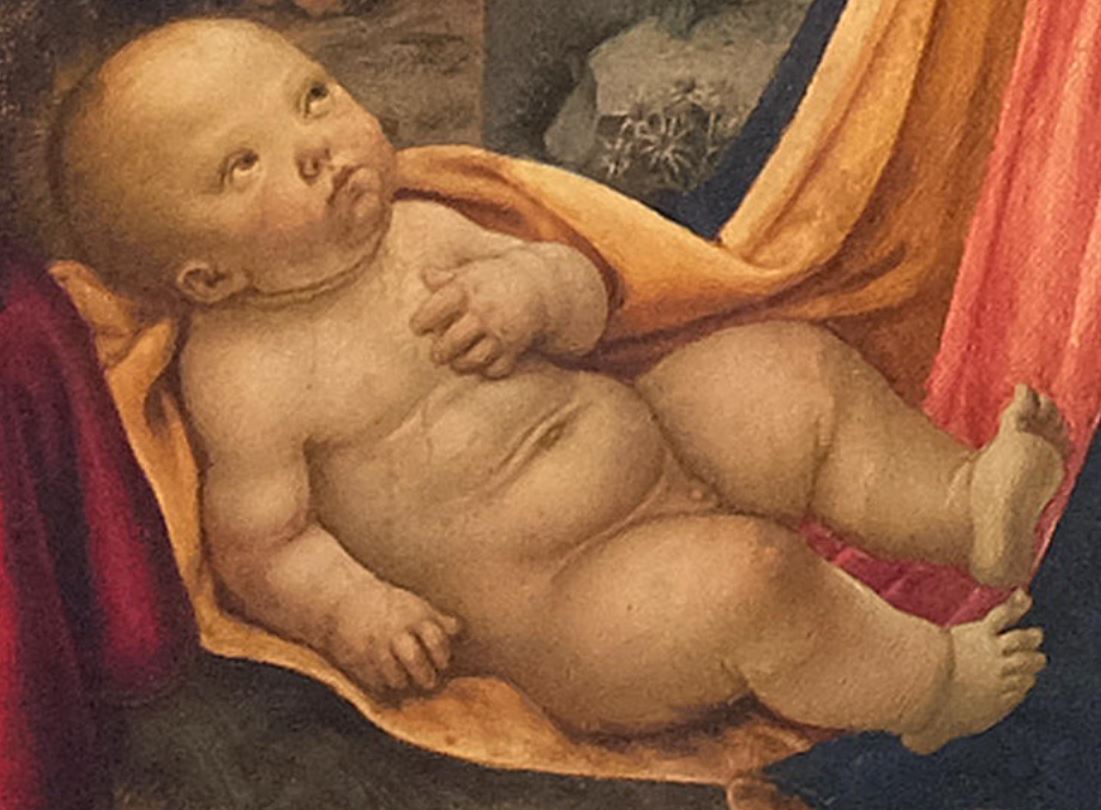
Besides the large public Christmas concerts at Temple Square, the Church also offers a less spectacular, pre-recorded one-hour Christmas concert for online view, worldwide. For 2022 the Church produced “The Promise of Christmas”. Bravo! I don’t know if they employ a Diversity Consultant, but they certainly hit the mark. Opening: immediate focus on two singing non-Caucasian girls, next broadening to the full One Voice Children’s Choir. The kids all casually dressed, naturally moving on stage. Black presenter Stephen Jones, in his warm, easygoing style, sets the tone for an intimate musical journey with church members from around the world. The… Read More
-
•
•
6 responses
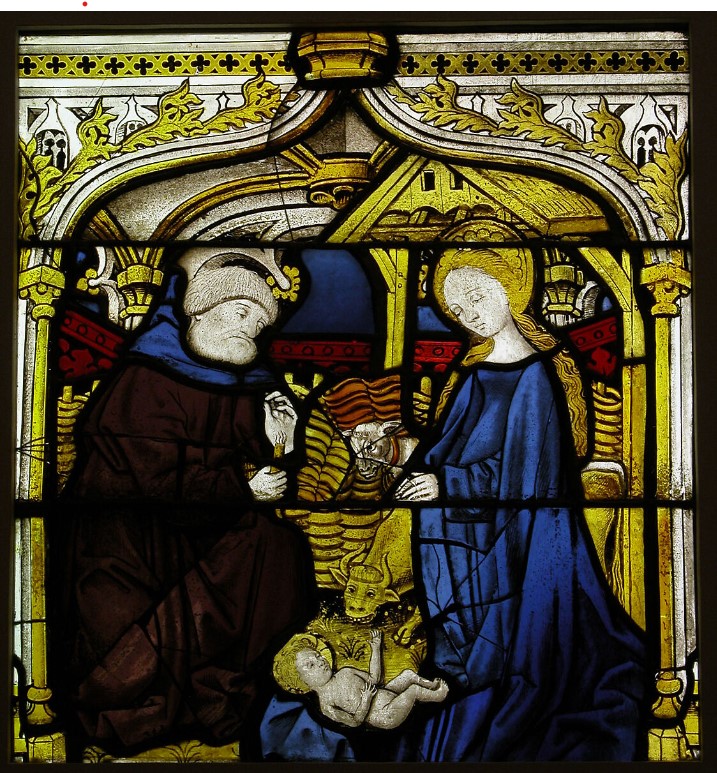
A few years ago, I talked about Christmas songs that are included in the various translations of the Latter-day Saint hymnbook that are not in the English hymnal. I’m hoping to share the music and translations of those songs over the next few Decembers, starting this time with the music in the French hymnbooks. In this case, there are three Christmas hymns in the hymnbook that appear in the French edition that aren’t in the English: “He Is Born, the Divine Christ Child” “Lo, How a Rose E’er Blooming,” and “Sing We Now of Christmas“. He Is Born, the Divine… Read More
-
•
•
29 responses

Growing up in 1990s Orem the figure of Hugh Nibley held a sort of symbolic significance that was greater than the sum of his scholarly parts. The not-so-subtle subtext of the myriad anecdotes about his prodigious memory and learning is “see, if this really smart person believes it, then there must be some really good answers to whatever issues people have.” Often, Nibley was a sort of placeholder for people who didn’t have the time (or resources, especially in pre-Internet days for people who couldn’t drive to a good university library and use their card catalog) to investigate for themselves. … Read More
-
•
•
How does a faith that claims global reach while being rooted in a specific Anglo-American context in the 19th century interact with cultures that are different from the Anglo-American culture of their time? Further, how did they approach that issue while also being a pariah among the general Anglo-American culture? These are some of the types of questions that are examined in Amanda Hendrix-Komoto’s Imperial Zions: Religion, Race, and Family in the American West and the Pacific. In a recent interview at the Latter-day Saint history blog From the Desk, Amanda Hendrix-Komoto discussed some of her study. The book Imperial Zions studies… Read More
-
•
•
26 responses
Like most media outlets, Inside Higher Ed isn’t well equipped to report stories about BYU-Idaho – it doesn’t entirely understand that BYU and BYU-Idaho are two different schools, for example. But if I had to read between the lines and make an educated guess, this is what I think is happening. Read More
-
•
•
8 responses
When was Jesus born? While not consequential to our salvation or daily choices, it’s an interesting question to explore. In a recent interview at the Latter-day Saint history blog From the Desk, Jeffrey R. Chadwick discussed his research into the question: When was Jesus actually born? What follows here is a co-post to that discussion (a shorter post with excerpts and some discussion). When a non-expert Latter-day Saints approach the question of “When was Jesus born?”, they often draw upon a traditional interpretation of Doctrine and Covenants, 20:1 to claim that it happened on 6 April. Elder James E. Talmage’s… Read More
-
•
•
16 responses

Jack Dempsey Having Some Fun with Harry Houdini The term “Jack Mormon” was popularized by world champion boxer Jack Dempsey who, while born in the Church and remaining friendly towards it, wasn’t a practicing Latter-day Saint (sidebar, while a certain segment of Mormondom gets super excited every time one of us makes it into the A-list, relatively few people know that the Michael Jordan of the 1920s was a Latter-day Saint). Whether Jack Dempsey actually believed in golden plates, I don’t know, and besides being an interesting piece of trivia, I don’t particularly care. He was a boxer first, and… Read More
-
•
•
7 responses
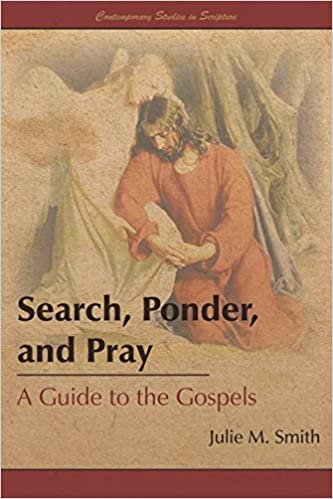
We’ll spend the first six months of 2023 studying the Gospels (Matthew, Mark, Luke, and John) for Come, Follow Me. For the last couple of years, every day I’ve read at least a chapter of the “five gospels” (the four above + Christ’s appearance in the Americas recorded in 3 Nephi in the Book of Mormon). Because that’s taken me through the Gospels several times, I’ve used several resources to enhance my understanding and to keep my reading fresh. I’ll share a few resources that have been useful to me, and I’d love to learn about your favorite resources in… Read More
-
•
•
Primary sources like journals and diaries are the backbone of a lot of historic research. In a recent interview with Laurel Thatcher Ulrich over at the Latter-day Saint history blog From the Desk, Ulrich discussed some of the documents she used and how she used them while writing A House Full of Females: Plural Marriage and Women’s Rights in Early Mormonism, 1835–1870. What follows here is a copost to that interview (a shorter post with excerpts and some discussion). Close readings and use of primary source material is central to Ulrich’s work. As she noted in the interview, A House Full… Read More
-
•
•
11 responses
This is a talk written by artificial intelligence; specifically, OpenAI’s new, much more developed GPT-3 that just dropped based on the prompt “Write an LDS talk about overcoming adversity” (it’s shorter, but that’s just because I set the word limit relatively low). Good morning brothers and sisters. I am so glad to be here with you today. I’m sure we have all faced adversity in our lives. Whether it be a difficult trial, a personal challenge, or an unexpected obstacle, we all have our own stories of hardship and struggle. But today I want to talk about how we can… Read More
-
•
•
3 responses

Dying Universe Morality In the absence of a faith I don’t think I’d have very strong opinions about abstract or moral concepts. This isn’t one of those “if you don’t believe why don’t you kill your grandma?” arguments that make good-hearted atheists roll their eyes. I have no desire to kill grandmas regardless of my beliefs, but if I was somehow convinced that it was all just atoms bouncing against each other I’d have a hard time articulating to a psychopath why he shouldn’t (and it’s not just me, read a graduate school-level meta-ethics text to see how hard it… Read More
-
•
•
4 responses
Latter-day Saints in the 19th century existed at a paradoxical intersection of American history. When they fled to Alta California to settle the Great Basin, they were refugees fleeing from the United States. Defiantly practicing plural marriage in the face of federal laws that opposed the principle, they came to face a heavy-handed effort by Americans to colonize their community of Deseret to match the broader American culture. At the same time, they were colonizers in their own right, settling land claimed by other peoples for hundreds of years by dispossessing the Native Americans, while also launching a missionary effort… Read More
-
•
•
3 responses
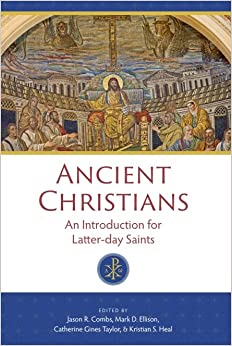
The Maxwell Institute at BYU recently published Ancient Christians: An Introduction for Latter-day Saints, and it is a fantastic journey into early Christianity geared specifically to Latter-day Saints. Through a collection of 14 essays dealing with topics ranging from praxis and worship to scripture and theology, the key elements of Christianity during its first several centuries (and beyond) are addressed in an accessible way. The discussions are punctuated by a large collection of artwork produced by early Christians, spread throughout the book in beautiful detail. When approaching Latter-day Saint writings about early Christianity, I’m generally concerned that it will be… Read More
-
•
•
13 responses
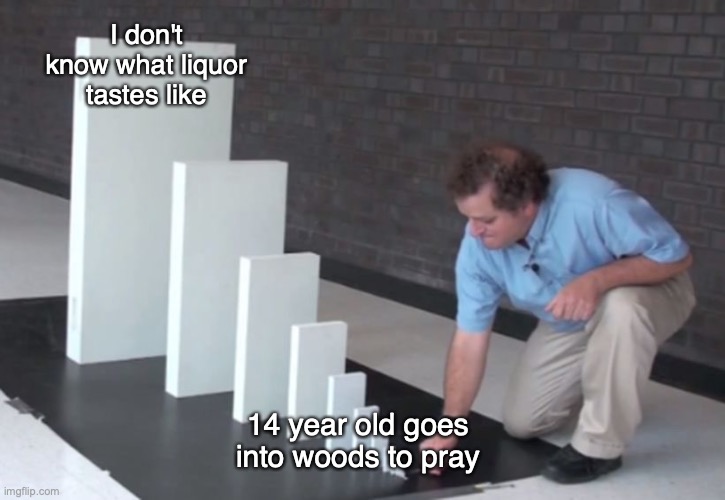
Word of Wisdom I accidentally drank beer once, and found it gross. I’ve been told that it’s kind of an acquired taste, so given the harms it does I probably just wouldn’t acquire it even if I didn’t have any religious scruples about doing so. However, I like new experiences, so I’d probably try everything short of really hard drugs (heroin, crystal meth, etc.) at least once. Given the data on mental health issues and marijuana or psychedelics, I haven’t been convinced that the benefits outweigh the costs for routine use, so I’d probably more or less follow the… Read More
-
•
•
5 responses
The vision that we have printed as Section 138 was received by Joseph F. Smith in the last few months of his life. Among the very first people he asked to have review the document was none other than his friend, Susa Young Gates. In one of the excellent essays presented in the Revelations in Context book, Lisa Olsen Tait talked about Susa’s experience with the revelation. More recently, Lisa Olsen Tait discussed more about Susa and the Vision of the Redemption of the Dead in an interview at the Latter-day Saint history blog From the Desk. What follows here is a co-post… Read More
-
•
•
10 responses
Note: This post was inspired by some recent media attention that has been given to a Latter-day Saint author for a book in which she talks about how the abortion debate should recenter on “ejaculating responsibly.” I haven’t read the book and therefore don’t have a right to critique its particulars, but here I’m addressing a general argument that one often hears that may or may not apply to her book. In their ethnographies Promises I Can Keep and Doing the Best I Can, sociologists Kathryn Edin and Maria Kefalas interviewed young, unwed mothers (and later, the fathers of their children)… Read More
-
•
•
12 responses
This is a guest post by Brian Stubbs. The faith, feats, and divine protection of the 2,000 stripling warriors is a favorite episode for many readers of The Book of Mormon. Yet a number of less-than-obvious details may muster even more admiration. The people of Ammon were called Anti-Nephi-Lehi (Alma 23:16-17), likely meaning ‘those of Nephi-Lehi’ (Book of Mormon Onomasticon, online; Changes in Languages from Nephi to Now, Stubbs 2020, 101). The original adults covenanted never to kill again and were given protection within Nephite territories. With time, the Nephite burdens of war led to 2,000 Ammonite youths, teenage sons… Read More
-
•
•
4 responses
In a church hierarchy made up of humans, it is possible for people who we don’t usually think about to have power and influence in ways that aren’t immediately obvious. During the David O. McKay administration, his personal secretary (Clare Middlemiss) was one such person who has not commonly been discussed, but who had an impact on the Church. President McKay’s biographer, Gregory Prince, recently discussed Clare Middlemiss in an interview at the Latter-day Saint history blog From the Desk. What follows here is a co-post to that interview (a shorter post with excerpts and some discussion. David O. McKay… Read More
-
•
•
4 responses

God: I feel like the belief in God is one of those almost congenital predispositions; you either believe or you don’t. Empirically, based on fine tuning and the complexity of the origin of life, I would lean towards there being an organizational force, even in the absence of a belief in the Church. Additionally, my sense that 1) moral truth, goodness, and other abstract concepts are real, and 2) you can’t get to an “ought” from an “is,” leans me towards the idea that metaphysics is built into the universe, that there is “writing in the sky,” as the… Read More
-
•
•
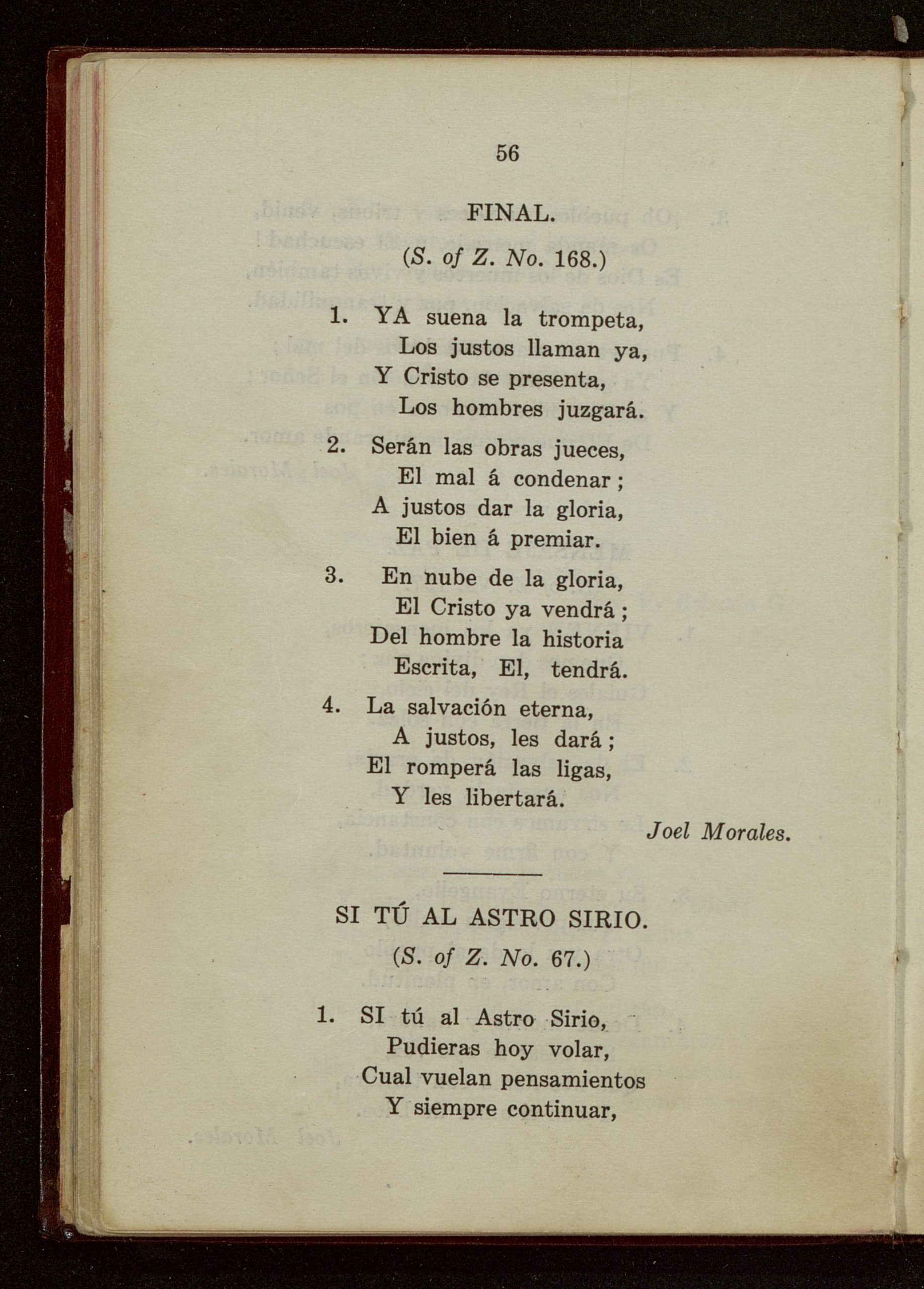
“Our Savior, Jesus Christ, understands our pains and our afflictions. He wants to ease our burdens and comfort us.”[1] ~Moisés Villanueva Note: This is a part of an ongoing series, the Mexico Mission Hymns Project. Hymn Text: “Final”, by Joel Morales was included in the Spanish hymnals from 1912 – 1992. The 1912 hymnal indicates that it is intended to be sung to the same tune as Songs of Zion, no. 168, which was “Ye Who Are Called to Labor” by Daniel B. Towner . When printed with music in the 1942 hymnal, it was published with the tune of… Read More
-
•
•
12 responses

Like a lot of people who have gone through faith crises, I’ve spent some time thinking through the alternative to belief in the Church’s truth claims. If we assume that the Church isn’t what it says it is, what is the best explanation for the Church and its related claims that make sense of the data? At the outset I should note that I am indeed a believer, and that this picture was developed from faith crises of the past and isn’t reflective of anything I’m currently going through. Joseph Smith Trilemma C.S. Lewis famously stated that the only logical options… Read More
-
•
•
The Latter-day Saint history blog From the Desk is approaching its 5-year anniversary. With those 5 years of content in mind, they have gathered snippets of information from their interviews into compilations, one each featuring the Book of Mormon, Joseph Smith, Jr., and Brigham Young. They’re pretty fun and interesting to peruse to see what has been shared at From the Desk about those topics over the years. For example, with the Book of Mormon, there is a lot of information to look through. Some if it is relatively well-known already, such as that the Book of Mormon helps Latter-day Saints Isaiah, the… Read More

